

Welcome to Maxcell Biotics



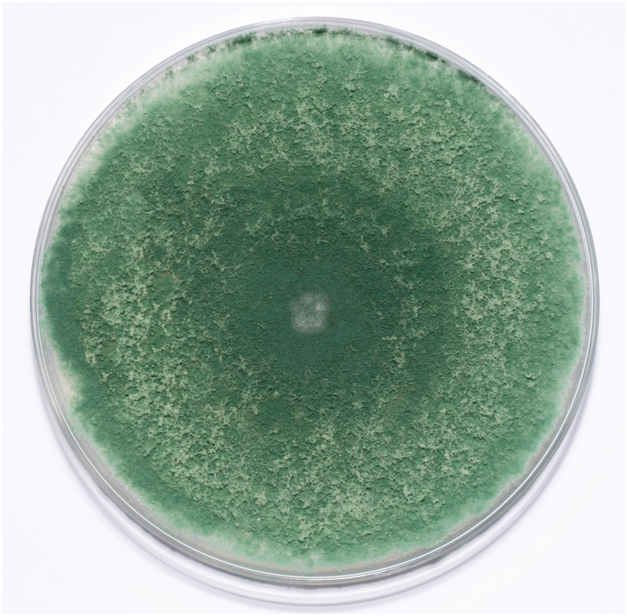
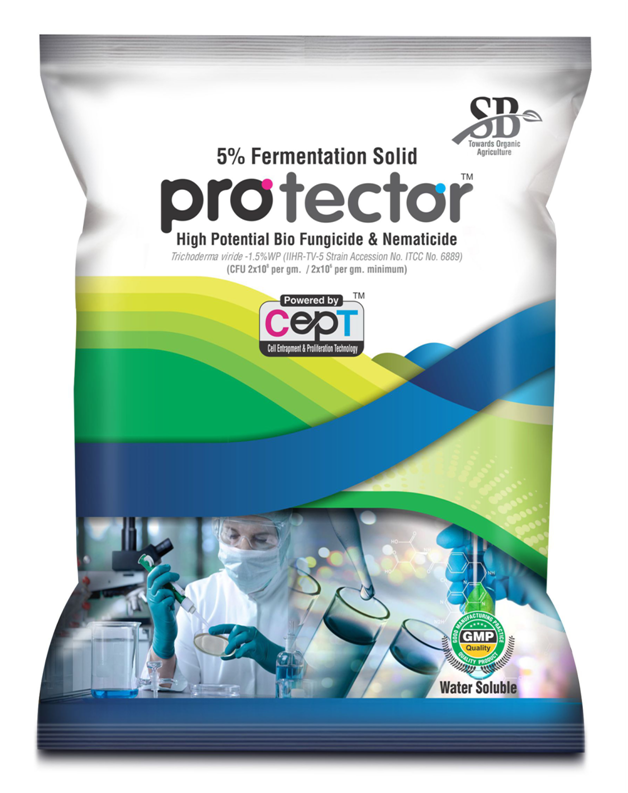
Trichoderma viride deploys several mechanisms to combat plant pathogens and enhance plant health:
Fungal Diseases and Nematode Control: Trichoderma viride exhibits efficacy against a wide range of fungal diseases, including but not limited to:
Trichoderma viride is a powerful and eco-friendly ally for modern agriculture. By harnessing the biocontrol potential of this beneficial fungus, farmers can effectively manage fungal diseases, promote plant health, and enhance crop productivity while reducing reliance on harmful chemical pesticides. Its versatility and safe nature make it a cornerstone for sustainable and resilient agricultural practices, benefiting both the environment and agricultural communities.
Introducing our revolutionary agriculture product, enhanced with Pseudomonas fluorescens, a powerful naturally occurring bacterium. This product is designed to significantly enhance crop health and yield while promoting sustainable farming practices. With its numerous benefits and mode of action, it is a game-changer for farmers seeking efficient and eco-friendly solutions.
Revolutionary agriculture product with Pseudomonas fluorescens enhances crop health, yield, and promotes sustainable farming practices. This eco-friendly solution is a game-changer for farmers seeking efficient, eco-friendly solutions.
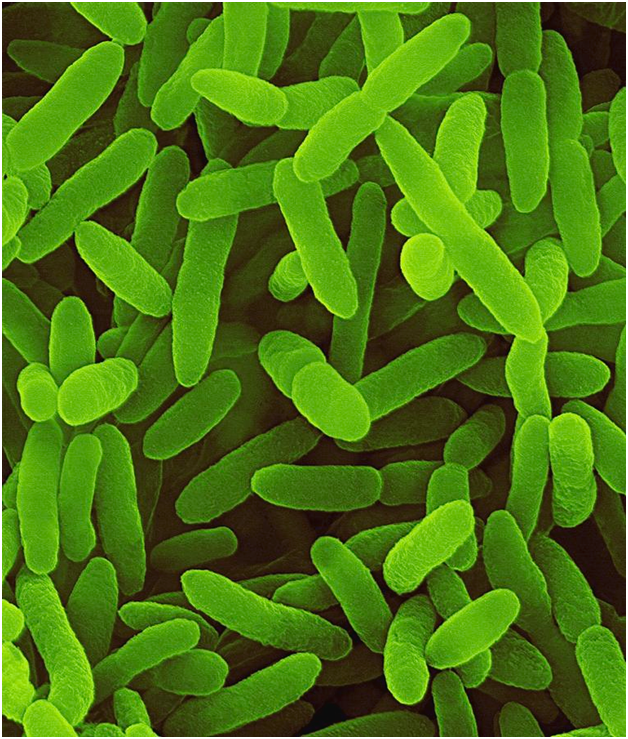
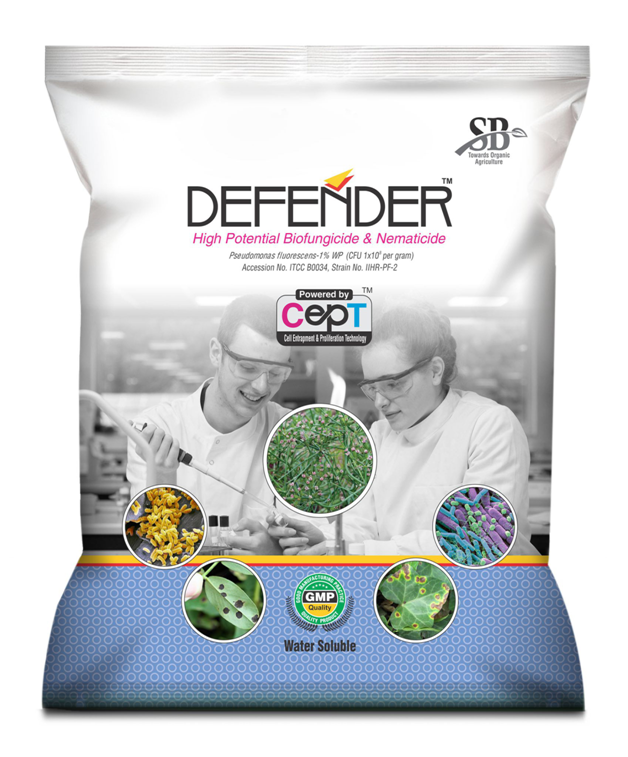
Pseudomonas fluorescens works through multiple mechanisms to benefit crop plants. It produces various secondary metabolites, including antibiotics, siderophores, and volatile organic compounds (VOCs), which actively suppress pathogenic microorganisms. These metabolites inhibit the growth of harmful pathogens, disrupt their cellular processes, and prevent their colonization on the plant surfaces and within the root zone.
Our product effectively combats various diseases, including but not limited to:
Our product is well-suited for a diverse range of crops, including but not limited to:
Before implementation, it is advisable to conduct small-scale trials or consult with agricultural professionals to ensure compatibility, efficacy, and compliance with local regulations.
Harness the extraordinary potential of Pseudomonas fluorescens to revolutionize your crop protection strategies. By leveraging its disease suppression, plant defense enhancement, and nutrient solubilization capabilities, our product offers a sustainable solution to promote healthier crops, mitigate diseases, and foster environmentally conscious farming practices.
High potent Bioinsecticide
A Natural Solution for Agricultural Pest Management
Introducing Beauveria bassiana, an innovative and eco-friendly agricultural product designed to revolutionize pest management in the farming industry. This remarkable biocontrol agent harnesses the power of nature to combat a wide range of pests and diseases, providing farmers with a sustainable and effective solution for crop protection. Let’s explore the many benefits, mode of action, target pests and diseases, as well as the ideal environmental conditions for the successful application of Beauveria bassiana.
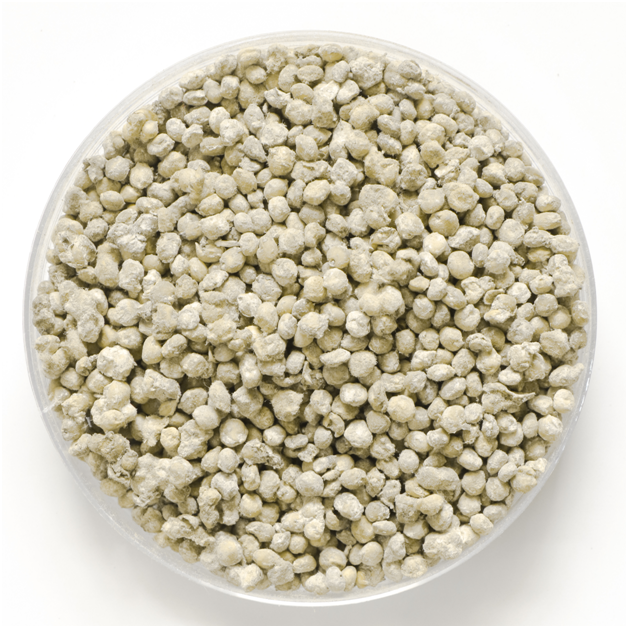

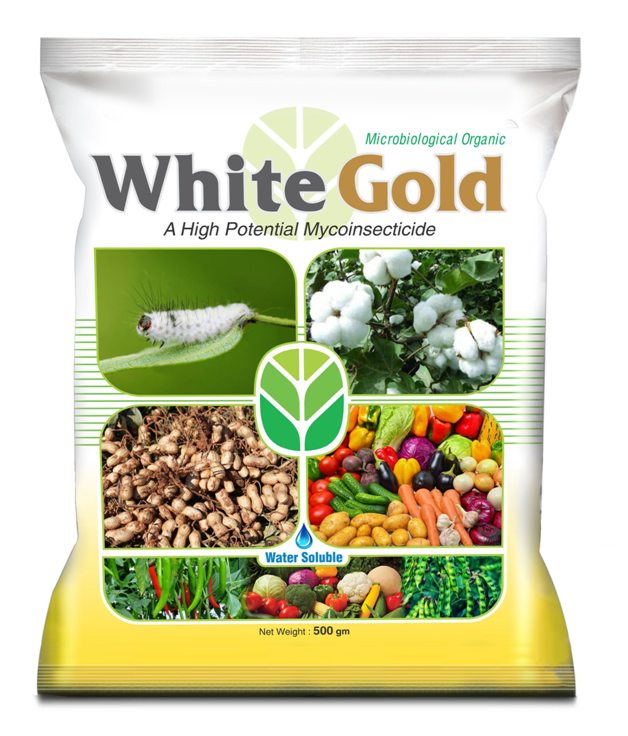
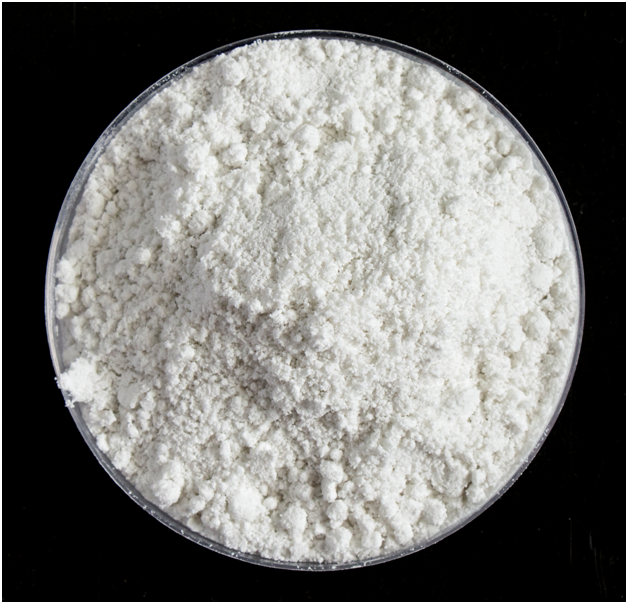
Beauveria bassiana works through a fascinating mechanism of action. Once applied, the fungus attaches itself to the cuticle (outer shell) of the target pest. It then secretes enzymes that penetrate the cuticle, leading to the invasion of the insect’s body with fungal cells. The fungus eventually colonizes the pest’s internal systems, causing a fatal infection. As the fungus grows, it releases toxins that further weaken and kill the target pest. Infected insects ultimately die, and the fungus continues to spread, infecting other pests in the vicinity.
Beauveria bassiana effectively controls a wide range of insect pests, including but not limited to:
Additionally, Beauveria bassiana has demonstrated activity against some plant diseases caused by soil-borne pathogens, such as certain species of root rot fungi.
Beauveria bassiana can be successfully employed on a variety of crops, including but not limited to:
Verticllium lecanii
Introducing our cutting-edge agricultural product enriched with Verticillium lecanii, a highly effective natural fungus. This innovative solution is designed to provide exceptional pest control for a wide range of insects, while promoting sustainable farming practices and ensuring the health and productivity of your crops. Let us delve into the benefits, mode of action, dosage per acre, target pests and insects, as well as the crops it can safeguard.
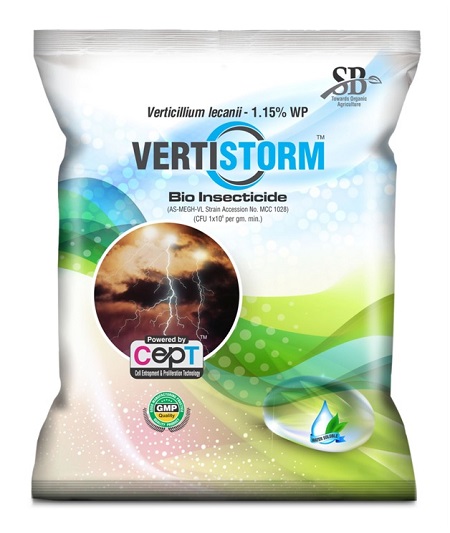
Verticillium lecanii acts by colonizing and infecting the targeted pests. Upon contact, the fungus attaches itself to the insect’s body and penetrates through the cuticle, initiating an infection process. It then proliferates inside the pest, releasing enzymes and toxins that weaken the insect’s immune system and ultimately lead to its demise. This mode of action effectively controls pest populations and curtails their ability to cause damage to crops.
Verticillium lecanii is highly effective against a broad spectrum of pests and insects, including but not limited to:
Our product is suitable for a wide range of crops, including but not limited to:
Conduct small-scale trials or consult with agricultural professionals to ensure compatibility, efficacy, and adherence to local regulations before implementing any new product or management practice.
Embrace the power of Verticillium lecanii to revolutionize your pest management strategies. With its natural effectiveness, environmental compatibility, and compatibility with integrated pest management, our product offers a sustainable solution to protect your crops and maximize their productivity.
It is an effective microbial formulation that allows atmospheric nitrogen fixation, phosphate solubilizing, and potash mobilizing actions when applied to fields. It provides proper balanced nutrient availability for the plants. It converts many highly dense fixed nutrients and free, ready to use available forms.
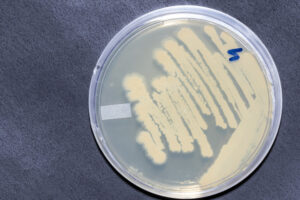

It is an effective microbial formulation comprising of Nitrogen fixing bacteria’s such as Rhizobium, azotobacter and azospirillum
It is an effective microbial formulation consisting of phosphate solubilizing bacteria. These bacteria convert the insoluble phosphates into usable form by plants. PSB plays an important role to make phosphorous available as a nutrient amongst others in the rhizosphere.
It is an effective microbial formulation consisting of Potassium Mobilizing Bacteria making potassium available. KMB collects potassium by organic acids, which help in plant growth. KMB is capable to convert the insoluble unavailable potassium to easily available forms that can be used by the plants.
Introducing our cutting-edge agricultural product enriched with Metarhizium anisopliae, a powerful and naturally occurring entomopathogenic fungus. This groundbreaking solution is designed to provide exceptional pest control for a wide range of insects, while promoting sustainable farming practices and ensuring the health and productivity of your crops. Let’s explore the benefits, mode of action, dosage per acre, target pests and insects, as well as the crops it can safeguard.
Effective Pest Control: Metarhizium anisopliae acts as a highly efficient biocontrol agent, specifically targeting and controlling a variety of pests and insects. This includes but is not limited to beetles, weevils, caterpillars, ants, and various other soil-dwelling and foliar pests. By effectively managing pest populations, this product helps maintain the overall health and vigor of your plants.
Metarhizium anisopliae works through a multi-step process to benefit crops and control pests:
Metarhizium anisopliae is effective against a broad spectrum of pests and insects, including but not limited to:
Our product is suitable for a wide variety of crops, including but not limited to:
Conduct small-scale trials or consult with agricultural professionals to ensure compatibility, efficacy, and adherence to local regulations before implementing any new product or management practice.
Embrace the power of Metarhizium anisopliae to revolutionize your pest management strategies. With its natural effectiveness, environmental compatibility, and compatibility with integrated pest management, our product offers a sustainable solution to protect your crops and maximize their productivity.
A Natural Biocontrol for Enhanced Crop Protection
Introducing Paecilomyces lilacinus, a cutting-edge agricultural product that harnesses the power of nature to combat destructive pests and diseases in agriculture. This remarkable biocontrol agent offers a range of benefits, a unique mode of action, and an extensive target list, making it an indispensable tool for sustainable and effective crop protection. Let’s delve into the advantages of using Paecilomyces lilacinus, its mode of action, target pests and diseases, target crops, and the environmental conditions that promote its successful application.
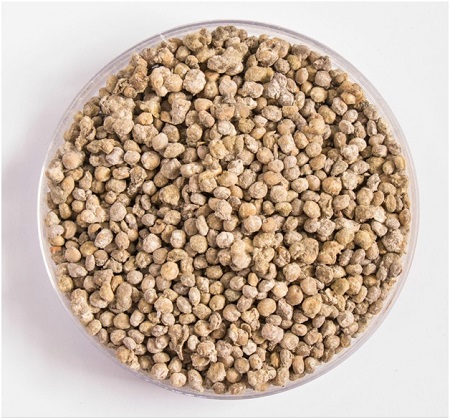
Paecilomyces lilacinus employs a unique mode of action to combat pests, particularly nematodes, which are a significant threat to crop health. Once applied to the soil or directly to plant roots, the fungus actively seeks out nematodes and infects them. The fungus penetrates the nematodes’ protective cuticle, invading their bodies and ultimately leading to their death. As a result, the nematode population is significantly reduced, providing relief from their detrimental effects on plant growth and yield.
Paecilomyces lilacinus is highly effective against a variety of soil-dwelling pests and plant-parasitic nematodes, including:
Paecilomyces lilacinus can be successfully applied to a broad range of crops, including but not limited to:
Before using Paecilomyces lilacinus or any other agricultural product, it is crucial to read and follow the manufacturer’s instructions and guidelines for proper application and safety precautions.
To achieve optimal results with Paecilomyces lilacinus, certain environmental conditions are conducive to its application:
Embrace the power of Paecilomyces lilacinus for enhanced crop protection and improved agricultural sustainability. By integrating this biocontrol agent into your pest management practices, you can reduce reliance on chemical pesticides, safeguard the environment, and promote healthier crop yields for a brighter and greener future.
